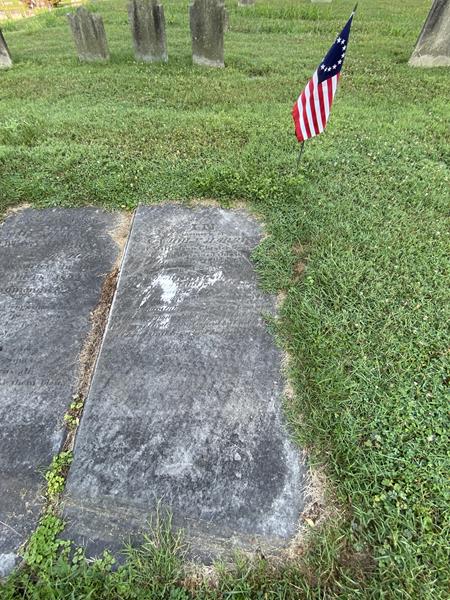John HARRIS
SAR Patriot #:
P-175884
The following information was assembled from numerous sources and cannot be used directly as proof of Qualifying Service or Lineage.
It is considered a research aid and is intended to assist in locating sources that can be used as proof.
State of Service: PA
Qualifying Service: Captain
DAR #: A051694
Birth: 01 Apr 1753 Willistown / Chester / PA
Death: 25 Dec 1838 Willistown / Chester / PA
Qualifying Service Description:
LT, CHESTER CO, PA Continental Line
Additional References:
- NSDAR #65708
- PA Archives, Series 5, Vol 3, pg 683
Spouse: Mary Bowen
Children: John; Mary; Thomas;
Members Who Share This Ancestor
| Date Approved | Society | ACN | SAR Member Info | Lineage via Child | View Application Detail | |
|---|---|---|---|---|---|---|
| 1979-03-30 | FL | Unassigned | Malcolm Lowe Miller (115854) | John | ||
| 2009-12-04 | FL | 38160 | Brian Joseph Farrington Jr. (175718) | John | ||
| 2014-03-11 | FL | 58107 | Robert Bradley Farrington (190265) | John | ||
| 2022-04-15 | CA | 99290 | Ronald Harris Shiflett (214184) | John |
Location:
Malvern / Chester / PA / USA
Find A Grave Cemetery #:
Marker Type:
Flat marker
SAR Grave Dedication Date:
Comments:
photo used with permission of David Harrity, 225275, George Washington Chapter, VASSAR
Directions to Cemetery / Gravesite:
